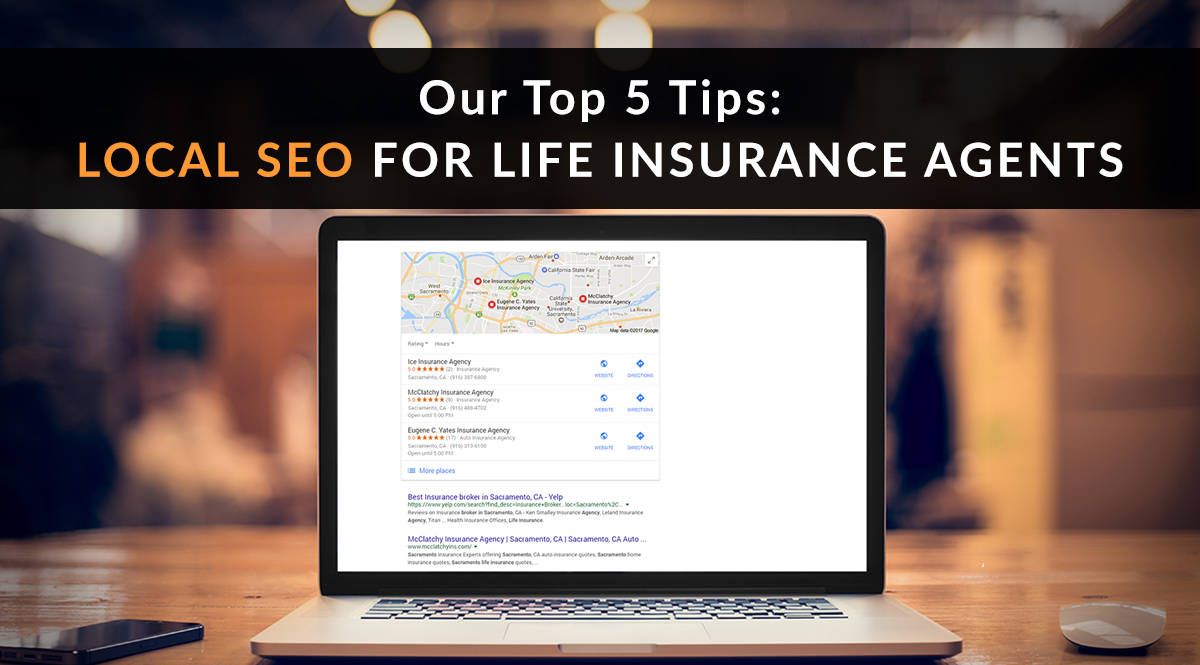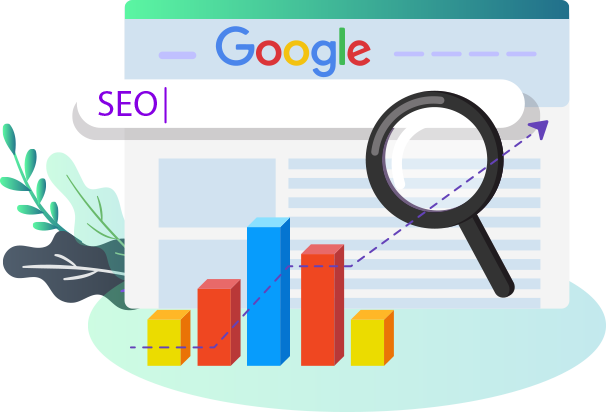Introduction
Car accidents can be a major inconvenience. Dealing with insurance companies, missed work, medical bills, and property damage can be a lot to handle. However, navigating the legal side of a car accident can be even more stressful, especially when liability is disputed. If you’ve been involved in a car accident and the other driver is disputing liability, the following information may help you understand your rights and options.
Example: Suppose you’re driving down the road and suddenly, a car runs a red light and hits you. You’re taken to the hospital with injuries, and your car is totaled. The other driver claims that you ran the red light, and their insurance company is disputing liability. In this situation, understanding your rights and options is crucial because you will need to prove that the other driver was at fault for the accident.
Car Accident Liability Disputes: Unraveling Fault and Responsibility
Car accidents can be a legal quagmire, especially when it comes to determining who’s liable. In the absence of a blatant admission of guilt, proving negligence or recklessness becomes an uphill battle. But fear not, dear reader, for we’re diving deep into the intricacies of car accident liability disputes, leaving no legal stone unturned.
Determining Liability: A Puzzle of Fault
Who bears the brunt of the blame in a car accident? It’s not always as straightforward as it seems. Establishing fault often requires a meticulous investigation, sifting through evidence and witness accounts like a detective on a hot case. Negligence, a failure to act with reasonable care, often plays a pivotal role. Recklessness, on the other hand, is a conscious disregard for safety that takes negligence to a whole new level.
Without a clear admission of guilt, proving negligence or recklessness can be like trying to navigate a maze in the dark. This is when the concept of comparative fault comes into play. Imagine a pie chart: each slice represents the degree of fault attributed to each driver involved in the accident. The bigger the slice, the greater their contribution to the crash. In some states, even partial fault can reduce the amount of compensation you’re entitled to, leaving you holding a smaller slice of the pie.
Evidence plays a crucial role in liability disputes. Police reports, witness statements, and accident reconstruction reports can paint a detailed picture of the events leading up to the crash. Insurance companies and attorneys often employ accident reconstructionists, forensic experts who use scientific methods to piece together the puzzle of what happened.
Navigating a car accident liability dispute can be a daunting task, but with the right guidance, you can increase your chances of securing a fair settlement. Stay tuned for our next installment, where we’ll explore the complexities of insurance policies, attorney involvement, and the different options available for resolving these disputes.
Car Accident Liability Disputes: Unraveling the Tangled Web of Fault
When two or more vehicles collide, the aftermath is often a chaotic symphony of property damage, injuries, and insurance wrangling. One of the most contentious issues in these scenarios is liability—determining who’s at fault for the accident. Resolving liability disputes requires a thorough investigation, a keen eye for detail, and a dash of legal know-how.
Proving Fault
The burden of proving fault falls on the party claiming damages. To establish liability, they must prove that the other driver acted negligently or recklessly and that their actions directly caused the accident. Negligence can take various forms, such as exceeding the speed limit, failing to yield the right of way, or driving under the influence of alcohol or drugs. Evidence that can help prove fault includes police reports, witness statements, and accident reconstruction analysis.
Assessing Liability: A Balancing Act
Establishing liability isn’t always a black-and-white exercise. Many accidents involve multiple factors and degrees of fault, requiring a nuanced analysis of the circumstances. State laws vary in their approach to liability, with some adopting a “pure comparative fault” system and others utilizing a “modified comparative fault” scheme. Under pure comparative fault, each driver’s liability is proportional to their percentage of fault. In modified comparative fault systems, drivers’ recovery may be barred or reduced if their fault exceeds a certain threshold.
Navigating the Maze of Evidence
The search for truth in car accident liability disputes often resembles a detective’s investigation. Police reports are crucial starting points, as they provide an official account of the accident’s circumstances. Witness statements can offer valuable insights, but their reliability can vary, and they should be corroborated with other evidence. Accident reconstruction analysis, conducted by experts, can help piece together the puzzle of what happened and assign fault accordingly.
Witness Testimony: A Double-Edged Sword
Eyewitness accounts can be pivotal in establishing liability. However, it’s important to approach witness testimony with caution. Witnesses may have limited visibility, be influenced by biases, or simply misremember details. Corroborating witness statements with other evidence, such as skid marks or traffic camera footage, helps enhance their credibility. Remember, not all witnesses are created equal; the statements of disinterested third parties carry more weight than those of friends or family members.
Expert Analysis: Unraveling the Enigma
When the circumstances of an accident are complex or the evidence is inconclusive, accident reconstruction experts step into the fray. These skilled professionals use a combination of physics, engineering, and mathematics to recreate the accident and determine how it unfolded. Their findings can provide invaluable insights into the sequence of events and help assign fault with greater precision. However, it’s important to note that expert opinions are not always set in stone and may be subject to challenge in court.
Car Accident Liability Dispute: Proving Your Side of the Story
When two cars collide, determining who’s at fault isn’t always as straightforward as it seems. If you find yourself in a car accident liability dispute, it’s crucial to contest the claim if you believe you’re not responsible. By providing evidence and building a strong case, you can protect your rights and hold the other driver accountable.
Gathering Evidence
To build a compelling case, gather as much evidence as possible to support your claim. Start by collecting witness statements from anyone who saw the accident. Take photos of the damage to both vehicles and the scene of the accident. Obtain a copy of the police report, which will provide details of the incident and officer’s observations.
Challenging the Other Driver’s Claim
Once you have evidence, you can begin contesting the other driver’s claim. The claim will typically allege negligence on your part. To counter this, you need to demonstrate that the other driver was at fault. This could involve proving that they violated traffic laws, were distracted at the time of the accident, or were under the influence of alcohol or drugs.
Establishing Your Innocence
In addition to challenging the other driver’s claim, you also need to establish your own innocence. This means proving that you were not negligent in any way. You may need to show that you followed all traffic laws, were paying attention to the road, and took reasonable steps to avoid the accident. Negligence can come in many forms, so it’s important to address all potential allegations.
Evidence Matters
In a car accident liability dispute, evidence is everything. The more evidence you can gather to support your claim, the stronger your case will be. This means going beyond just your own testimony and seeking out objective evidence from witnesses, photos, and police reports. By building a solid foundation of proof, you can increase your chances of resolving the dispute in your favor.
Car Accident Liability Disputes: Understanding Your Rights
In the aftermath of a car accident, determining liability can be a complex and contentious issue. When two parties disagree over who is at fault, a liability dispute arises. Navigating such disputes requires a thorough understanding of your rights and options.
Seeking Legal Advice
If you find yourself embroiled in a car accident liability dispute, seeking legal advice is paramount. An experienced attorney can guide you through the legal landscape, explain your rights, and protect your interests. They can assess the evidence, negotiate with the other party, and represent you in court if necessary. Engaging an attorney ensures your voice is heard and your rights are safeguarded.
Insurance Coverage
Insurance plays a significant role in car accident liability disputes. Most drivers carry liability insurance, which covers damages caused to others in an accident they are found liable for. Understanding your insurance coverage and the coverage of the other party is crucial. It can impact the extent of your financial responsibility and the compensation you may receive.
Evidence Collection
Gathering evidence to support your claim is essential. This may include witness statements, police reports, medical records, and photographs of the accident scene. The more evidence you have, the stronger your case will be. Documenting the details of the accident, including the time, location, and any injuries sustained, is also vital.
Negotiation and Settlement
In many cases, car accident liability disputes can be resolved through negotiation and settlement. Your attorney can negotiate with the other party’s insurance company on your behalf to reach a fair settlement that compensates you for your damages. Settlements avoid the need for costly and time-consuming litigation.
Trial
If a settlement cannot be reached, your case may proceed to trial. A judge or jury will hear the evidence and determine who is liable for the accident. Trials can be complex and lengthy, but they offer an opportunity to present your case fully and seek a resolution from the court. Your attorney will represent you throughout the trial process.
Remember, disputing car accident liability can be a daunting experience. Seeking legal advice, understanding your insurance coverage, collecting evidence, negotiating a settlement, and preparing for trial are all crucial steps in protecting your rights and obtaining fair compensation.
Car Accident Liability Disputes: A Guide to Understanding and Resolving
After a car accident, determining who is at fault can be a contentious issue. This is known as a car accident liability dispute, and it can have a significant impact on the outcome of your insurance claim and legal rights. Understanding the process of resolving a liability dispute can help you protect your interests and ensure a fair resolution.
Understanding Liability
Liability in a car accident refers to the legal responsibility for causing the accident. Determining liability is crucial because it establishes who is financially responsible for the damages and injuries sustained. In most cases, liability is based on the principle of negligence, which means that a driver breached their duty of care to other road users and caused the accident.
Factors Affecting Liability
Several factors can influence the determination of liability in a car accident, including:
- Traffic laws and regulations
- Witness statements
- Police reports
- Physical evidence, such as skid marks or damage to vehicles
- Driver behavior, such as speeding or distracted driving
The Role of Insurance Companies
Insurance companies play a significant role in car accident liability disputes. They investigate the accident, gather evidence, and determine liability based on their own policies and applicable laws. Insurance companies may also negotiate settlements between the parties involved.
Disputing Liability
If you disagree with the insurance company’s determination of liability, you have the right to dispute it. This can be done by providing additional evidence, challenging the insurance company’s interpretation of the law, or filing a lawsuit.
Resolving Disputes
Car accident liability disputes can be resolved through various methods, including:
- Negotiation between the parties involved
- Mediation or arbitration, where a neutral third party facilitates a settlement
- Filing a lawsuit in court
Conclusion
Car accident liability disputes can be complex and stressful, but by understanding the process and seeking legal advice, you can protect your rights and resolve the matter fairly. Remember, insurance companies have a vested interest in minimizing their payouts, so it’s important to be prepared to advocate for your interests. By following these guidelines, you can increase your chances of a favorable outcome in your car accident liability dispute.




Leave a Reply